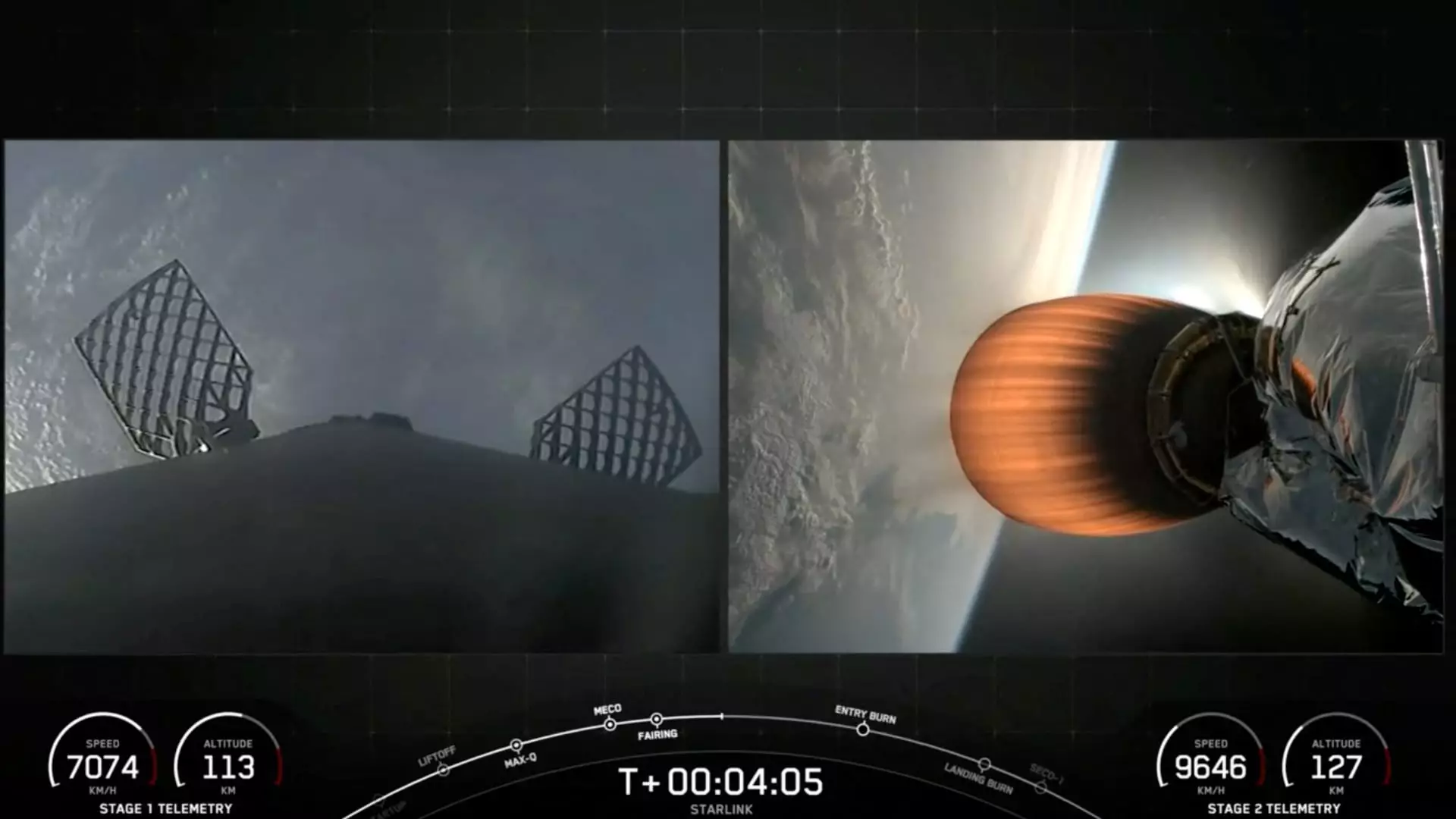SpaceX’s Falcon 9 rocket recently experienced an inflight failure during the “Starlink Group 9-3” mission, causing the rocket’s upper second stage to fail to reignite its engine as planned. This rare misfire led to the destruction of the upper stage, grounding the Falcon 9 until an investigation can be conducted and approved by the Federal Aviation Administration (FAA).
SpaceX CEO Elon Musk confirmed that the engine failure in the second stage occurred after a leak of liquid oxygen. This unexpected event, termed as a “rapid unscheduled disassembly” (RUD) by SpaceX, highlights the complex and risky nature of space exploration. The exact reasons for the failure are still unknown, making it crucial for a thorough investigation to take place before the Falcon 9 is cleared for future launches.
The grounding of the Falcon 9 is likely to impact upcoming missions, including two crewed missions: The private Polaris Dawn and NASA’s Crew-9. The delay in launches could have significant consequences for SpaceX’s schedule, especially considering the company’s ambitious goal of launching a mission every two to three days in 2024. The failure also resulted in the 20 Starlink satellites being placed in a lower orbit than intended, leading to their inevitable re-entry into the Earth’s atmosphere.
Despite this recent setback, SpaceX’s Falcon 9 has had an impressive track record of success over the years. Prior to this incident, the Falcon 9 had completed more than 300 consecutive successful orbital launches since 2015. This consistent success rate has established Falcon 9 as a reliable and trusted workhorse for SpaceX, with over 300 missions to orbit and numerous successful landings and reuse of rocket boosters.
The failure of the Falcon 9 serves as a reminder of the inherent risks involved in space exploration and the importance of rigorous testing and safety protocols. It underscores the need for continuous improvement and learning from each incident to prevent future failures. SpaceX’s thorough investigation and collaboration with the FAA highlight the commitment to transparency and accountability in ensuring the safety and success of future missions.
The recent failure of SpaceX’s Falcon 9 rocket during the Starlink Group 9-3 mission is a sobering reminder of the complexities and challenges of space exploration. While setbacks are inevitable in such a high-risk environment, it is essential to conduct thorough investigations, learn from failures, and implement corrective actions to improve safety and reliability in future missions. SpaceX’s commitment to transparency and collaboration with regulatory agencies demonstrates a dedication to upholding the highest standards of space exploration and ensuring the success of future missions.

Leave a Reply